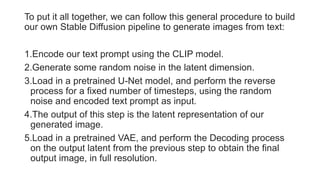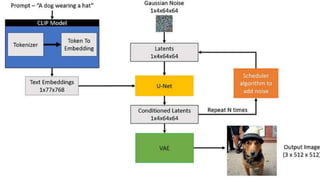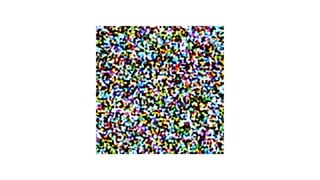The document discusses generative AI and how it has evolved from earlier forms of AI like artificial intelligence, machine learning, and deep learning. It explains key concepts like generative adversarial networks, large language models, transformers, and techniques like reinforcement learning from human feedback and prompt engineering that are used to develop generative AI models. It also provides examples of using generative AI for image generation using diffusion models and how Stable Diffusion differs from earlier diffusion models by incorporating a text encoder and variational autoencoder.
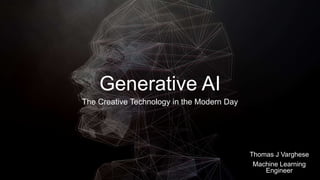

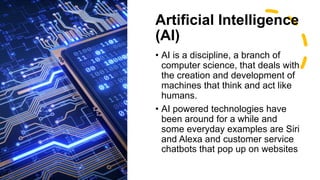


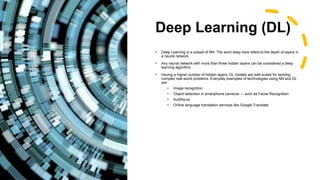

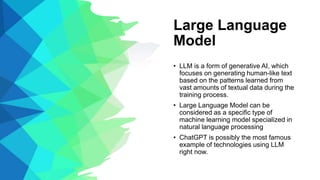

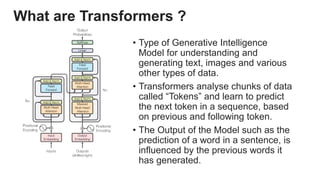
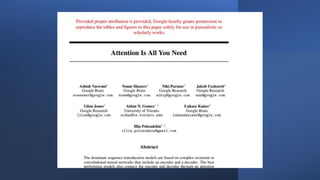


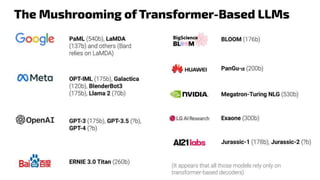

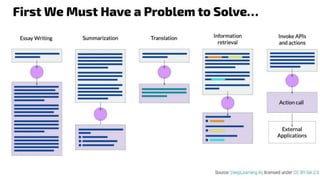


![RLHF
LLMs are trained on the web data with a lot of irrelevant matters (unhelpful), or worse, where false
(dishonest) and/or harmful information are abundant, e.g.,
• Potentially dangerous false medical advices.
• Valid techniques for illegal activities (hacking, deceiving, building weapons, ...).
HHH (Helpful, Honest & Harmless) alignment (Askell et al., 2021): ensuring that the model's behavior and
outputs are consistent with human values, intentions, and ethical standards.
Reinforcement Learning from Human Feedback, or RLHF (Casper et al., 2023)
• "is a technique for training Al systems to align with human goals."
• "[It] has emerged as the central method used to finetune state-of-the-art [LLMs]."
• It reposes on human judgment and consensus.
Source:
o Casper et al., 2023, Open Problems and Fundamental Limitations of Reinforcement Learning from Human Feedback. arxiv.org/abs/2307.15217 Ziegler et al., 2022, Fine-Tuning Language Models from Human Preferences, arxiv.org/abs/1909.08593
o Askell et al., 2021, A General Language Assistant as a Laboratory for Alignment. arxiv.org/abs/2112.00861](https://image.slidesharecdn.com/generativeai-231121085642-5a078a84/85/Journey-of-Generative-AI-19-320.jpg)















